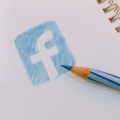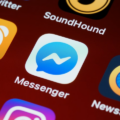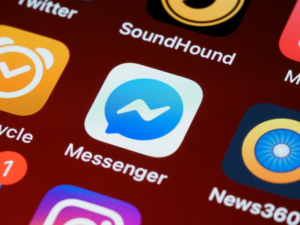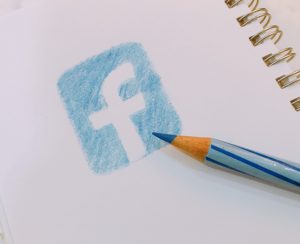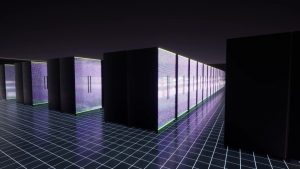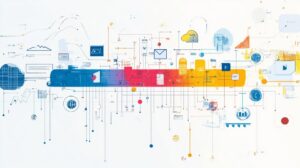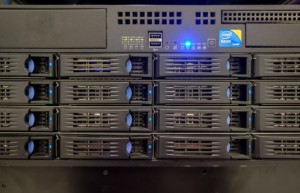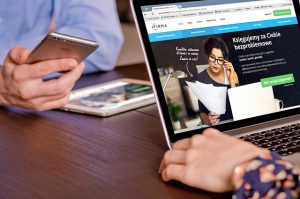Exploring the Evolution of the LinkedIn Logo and Its Significance
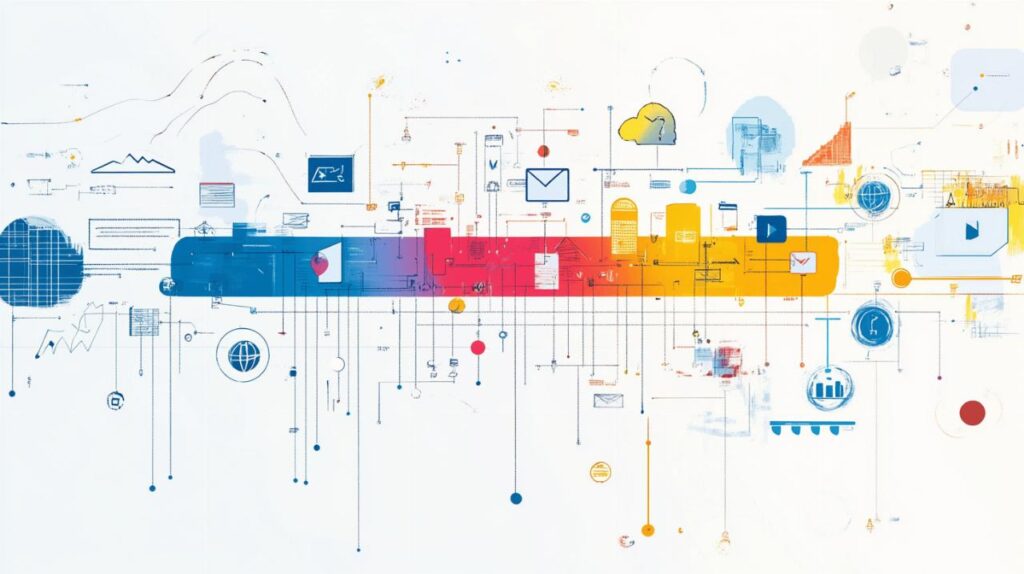
The digital landscape of professional networking has been distinctly marked by one prominent emblem that has grown with its platform – the LinkedIn logo. From its inception to its current form, this visual identifier has mirrored the platform's journey from a startup to a global professional networking giant under Microsoft's wing. The design choices, color selection, and even minute typographic details of the logo LinkedIn reveal much about the company's ethos and its evolution in the digital space.
Early linkedin visual identity
LinkedIn emerged in the social media landscape during the early 2000s, setting itself apart with a focus on professional connections rather than casual social interactions. Created in 2002 and officially launched in 2003, the platform needed a visual identity that would communicate its professional mission while establishing recognition in the digital world.
Birth of the original logo design
The inaugural logo LinkedIn featured a bold black “Linked” wordmark paired with a distinctive blue square containing a white lowercase “in.” This design established the foundation for what would become one of the most recognizable logos in the professional digital sphere. The typography resembled fonts like Radiate Sans Bold and LCT Picón Bold, creating a solid yet approachable visual presence. Within its first week after launching on May 5, 2003, the platform attracted 12,500 users who began recognizing this emerging brand mark as their gateway to professional networking.
Visual elements of the first LinkedIn brand mark
The initial logo design employed a strategic color palette of black, blue, and white that conveyed professionalism, seriousness, and reliability. The blue “in” symbolized the interconnectedness of professionals, while the four overlapping squares represented people, knowledge, opportunities, and insights. The blue shade was specifically chosen to evoke trust and reliability – qualities essential for a platform asking professionals to share their credentials and networks. The font choice similar to Myriad Pro typeface complemented the logo LinkedIn design with its clean lines and readability, establishing a visual foundation that would guide future iterations while maintaining the platform's professional identity.
Modern Transformation of the LinkedIn Logo
The LinkedIn logo stands as a significant visual representation of the world's premier professional networking platform. Founded in 2002 and launched in 2003, LinkedIn has grown into a global powerhouse with over a billion users spanning 200 countries and 400+ business sectors. The logo's evolution mirrors the platform's growth journey from startup to Microsoft-owned industry leader following the 2017 acquisition.
Key redesign milestones throughout the years
The LinkedIn logo has undergone several strategic transformations since its inception. During the 2003-2011 period, the original design featured bold black “Linked” lettering alongside a blue square containing a white lowercase “in.” The typography resembled fonts like Radiate Sans Bold and LCT Picón Bold, establishing a professional identity with its black, blue, and white color scheme.
A significant redesign occurred in 2011, coinciding with LinkedIn's listing on the New York Stock Exchange. This update introduced the Avenir Pro typeface and a slightly brighter blue shade, with notable modifications to the lowercase “k.” The 2012 website redesign reflected the company's strategic pivot toward simplification and growth.
Between 2019-2021, LinkedIn unified its visual identity by coloring the previously black “Linked” text in the same blue shade as the “in” square, while adjusting the dots above the letter “i” for a lighter appearance. The most recent update (2021-Present) introduced a deeper blue (HEX #0077B5, RGB 10, 102, 194) that creates stronger contrast with white elements, enhancing visibility across digital platforms.
Brand message conveyed through current logo iteration
The current LinkedIn logo communicates multiple aspects of the brand's identity through its thoughtful design elements. The distinctive blue color, officially known as LinkedIn Blue (PANTONE PMS 7455 C), symbolizes trust, professionalism, reliability, and networking capabilities—critical attributes for a platform connecting professionals globally.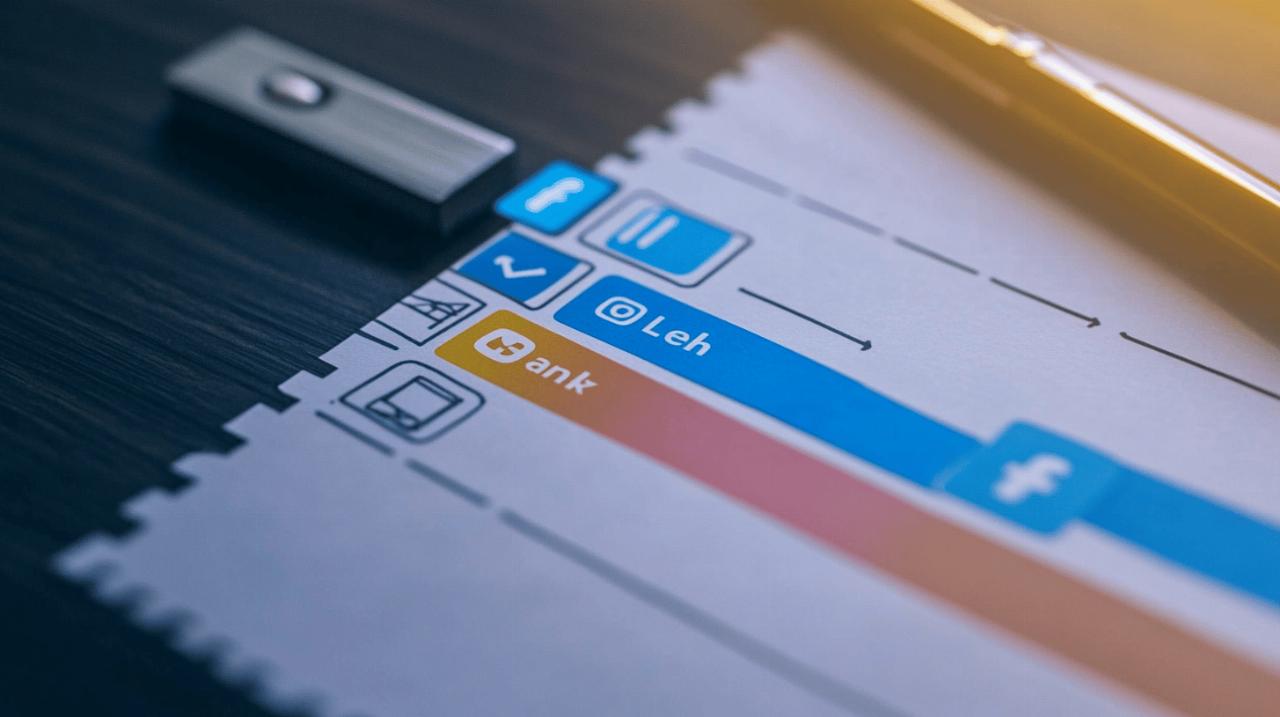
Typography plays a crucial role in the logo's messaging, with the current font (a variant of Myriad Pro) projecting professionalism while maintaining approachability. The simplified design aligns with modern digital branding principles, ensuring versatility across diverse applications from mobile interfaces to corporate documentation.
The blue “in” symbol within the logo has become an instantly recognizable shorthand for professional networking. This visual element symbolizes the interconnectedness of professionals while the four overlapping squares represent people, knowledge, opportunities, and insights—fundamental pillars of LinkedIn's value proposition.
This measured evolution reflects LinkedIn's strategic balance between innovation and brand consistency, maintaining recognition while adapting to changing digital landscapes. The logo's professional yet accessible aesthetic mirrors LinkedIn's user demographics, where 49% of users earn over $75,000 annually and 37% of millionaires maintain active profiles, underlining its position as the premier platform for B2B marketing and professional advancement.


